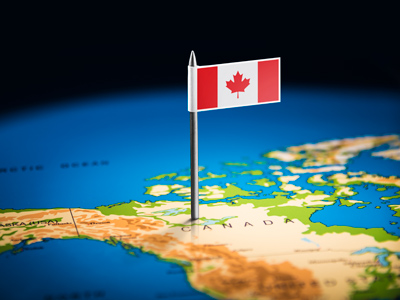
Environmental Treaties
We have known that the environment is in trouble for a long time. But what action have governments around the world taken to tackle it? In this quiz we look at some of the environmental treaties, agreements and laws brought in to protect our planet.
There are laws in place to protect specific species, limit greenhouse gas emissions, control harmful chemicals and much more besides. Unfortunately, some countries are not signed-up to all of them, and others are non-binding. If we seriously want to save the planet, it will take cooperation between every nation on Earth.
The United Nations is certainly taking the issue seriously. As the threat to the environment has become more and more noticeable, the number of treaties aimed at protecting it have increased. But not all countries are as enthusiastic about making the necessary sacrifices. In fact, some leaders have even denied that humans are causing climate change at all!
Ready for more?
not all...
quizzers. Try to win a coveted spot on our Hall of Fame Page.







